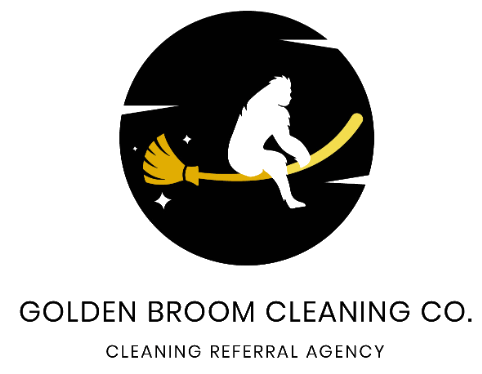Have you ever wondered if the time you spend cleaning your house can actually be considered a workout? Many of us find ourselves scrubbing floors, vacuuming carpets, and dusting shelves on a regular basis. But can all this physical activity really be classified as exercise? Let’s dive into this topic and see if house cleaning can help you break a sweat and burn some calories!
The Physical Demands of House Cleaning
Let’s face it, house cleaning involves a variety of physical movements. You’re bending down to pick up items, reaching up to dust high surfaces, and pushing or pulling a vacuum cleaner across your floors. These activities require strength, flexibility, and endurance – all key components of a good workout.
When you clean your home, you’re engaging different muscle groups throughout your body. Scrubbing the bathtub works your arms and shoulders, while vacuuming can engage your core and legs. Even activities like mopping and sweeping demand physical exertion, especially if you’re tackling a larger area.
Calories Burned While Cleaning
You might be surprised to learn that house cleaning can actually help you burn calories. The number of calories burned during cleaning tasks can vary based on factors like your weight, the intensity of the activity, and how long you spend cleaning.
For example, an hour of vacuuming can burn around 200-300 calories, depending on your weight and the vigor with which you clean. Dusting for an hour might burn around 150 calories, while scrubbing the floors could torch 250-300 calories. These numbers may not rival a hardcore gym session, but they definitely add up over time.
The Cardiovascular Aspect
In addition to strength training, house cleaning can offer some cardiovascular benefits. Activities like sweeping, mopping, and vacuuming can elevate your heart rate and improve your cardiovascular health. By increasing your heart rate through sustained movement, you’re essentially giving your heart a workout, which is crucial for overall well-being.
While it may not compare to a dedicated cardio session, the continuous movements involved in cleaning can provide a mild to moderate cardiovascular workout. Think of it as a way to sneak in some extra heart-healthy activity throughout your day.

Developing Endurance and Flexibility
Consistent house cleaning can also contribute to improvements in endurance and flexibility. As you become more accustomed to the physical demands of cleaning, you may find that tasks that once left you winded become easier to tackle. Your endurance – the ability to sustain physical activity over time – can benefit from the repetitive movements involved in cleaning.
Furthermore, activities like bending, reaching, and stretching while cleaning can enhance your flexibility. Regularly engaging in these movements can help you maintain or improve your range of motion, which is important for overall mobility and joint health.
Making House Cleaning More Effective
If you want to maximize the exercise potential of your cleaning routine, there are a few strategies you can try. For example, try to increase the intensity of your movements – scrub a little harder, sweep a little faster, or lunge a bit deeper while vacuuming. These small adjustments can help ramp up the calorie burn and muscle engagement.
Another tip is to incorporate bodyweight exercises into your cleaning routine. For instance, you can do lunges while dusting, squats while loading the dishwasher, or calf raises while folding laundry. By merging traditional cleaning tasks with bodyweight exercises, you can turn your chores into a full-body workout.
Setting Realistic Expectations
While house cleaning can certainly offer physical benefits, it’s important to set realistic expectations. Cleaning alone may not be sufficient for those looking to achieve significant weight loss or muscle gain. It can complement a more structured exercise routine but shouldn’t be relied upon as the sole means of staying fit.
If you’re using cleaning as a form of exercise, be mindful of your body’s limits. Overexerting yourself or using improper cleaning techniques can lead to injuries. Listen to your body, take breaks when needed, and prioritize safety while engaging in physical activity.
The Bottom Line
In conclusion, house cleaning can definitely be considered a form of exercise. It engages various muscle groups, burns calories, offers cardiovascular benefits, and helps improve endurance and flexibility. While it may not replace a dedicated workout regimen, incorporating physical activity into your cleaning routine can support your overall health and well-being.
So, the next time you pick up that mop or wield that duster, remember that you’re not just tidying up your home – you’re also giving your body a workout. Embrace the physical demands of cleaning, make it more challenging when possible, and reap the benefits of a cleaner home and a fitter you.
